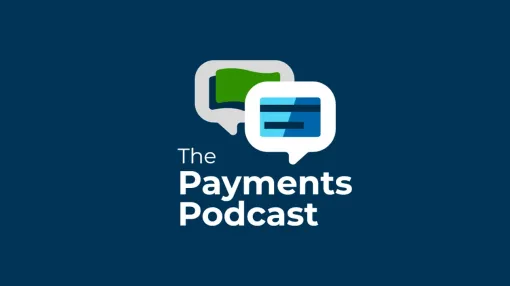Here’s a striking phrase for chief financial officers and their finance functions to consider: “Defense must be paired with offense.”
While it sounds like a phrase more at home on the pitch or the gridiron than in the office, it’s actually from U.S. Bank’s recent CFO Insights report. The phrase also captures the position finance teams find themselves in halfway through 2024. That position? In between the desire to protect company culture, valued employees, and tried-and-true processes while looking for process improvements and increased business value.
Striking that balance is not easy. U.S. Bank's CFO, John Stern, shares that 43% of CFOs still struggle with the best way to offset the need to cut costs and mitigate risk while creating growth opportunities.
“Success requires a delicate balance between long-term offensive strategies, such as forecasting and strategizing, and short-term defensive strategies, such as cutting costs,” Stern said. “This is essential in an environment where the pace of change accelerates every year. You must always have a long-term view, but you won’t be here for the long term if you don’t manage the short term.”
The U.S. Bank report imparted three big-picture lessons we should pay attention to when walking that tightrope. All three focus on the promise of accounts payable automation for businesses of all shapes and sizes, while balancing the need to account for risk in the here and now with long-term growth.
Automation is—and has been—the ideal way for CFOs to install solutions that address the challenges of , embracing digital transformation, mitigating payment risks, and offering streamlined solutions for age-old problems. U.S. Bank partners with Bottomline for their AP Optimizer solution, one example of automation for invoice-to-payment challenges.
In no particular order, those lessons are:
- Cost control is back in fashion, not just in finance but across the business;
- Digital processes and payments need to be embraced, now more than ever;
- Transforming the way businesses pay suppliers is essential.
Let’s tackle them one-by-one, with a focus on how you can pair a good defense with a necessary offense.
Reimagined cost control
Think defense: Cutting too deeply into your teams and their capabilities can damage your growth opportunities, and creates disgruntlement in remaining staff. Keeping costs manageable in an era where inflation is a near-constant threat and outside costs are rising is necessary. In fact, 44% of CFOs told U.S. Bank they consider it a top priority for the finance function, but short-term slashing leads to long-term bleeding.
Think offense: AP (Accounts Payable) automation empowers organizations to regain control over their finances by automating tedious manual tasks that burn through staff time, such as line-item matching for invoices, payment reviews, and approvals. By reducing human error and perfecting workflows, businesses can find cost-saving opportunities, negotiate better terms with vendors, and allocate resources more effectively with an eye on growth. This enables staff to work in a more agile fashion that can improve job satisfaction and performance, making scaling the finance team more straightforward.
Embrace digital processes and payments
Think defense: I’ll never tell you not to use digital means and methods in the finance function, because switching away from paper-based checks and invoices is one of the smartest moves a business can make. Protecting your resources and time by ensuring you choose the right digital solutions for your business needs is critical, including the possibility of embedding functionality in existing systems and processes.
Think offense: Going fully digital implies major change, but the status quo is a lot scarier than those changes, as is evidenced by 34% of CFOs telling U.S. Bank they plan to explore emerging invoice and payment technologies this year. The reality is that the benefits are more tangible and easier to achieve than ever, with an increased focus from solution providers on intuitive software and user-friendly interfaces, alongside efficiency and revenue boosts.
Transforming payments reduces risk
Think defense: The threat of fraud has never been higher, and thus the risk of a major blow to a company’s reputation and significant financial losses has also never been higher. That makes transformation necessary, but it also suggests that doing so without careful consideration of partner fraud-prevention capabilities and a well-trained team can lead to disaster. Remember, a radically different payment process is only as good as the fraud-prevention bedrock it stands on.
Think offense: With the opportunity to embed payments in systems your team already uses, the enhanced transparency, accelerated cash flow, and skyrocketing efficiency that digital transformation enables, the time is right for change. Protecting payments in a closed network where all parties are fully authenticated, and accounts and banking information are sealed off from outside access ensures that transformation work is on solid ground, enabling significant revenue growth via rebates without the potential losses that fraud can bring.
A robust 56% of CFOs told U.S. Bank they are optimistic about the three-year direction of the United States economy, making this the right time to focus on growth even while following cost-cutting mandates. If there is a willingness to balance forward thinking with the need to protect the team and the bottom line, the solutions available to CFOs suggest that success will surely follow.

